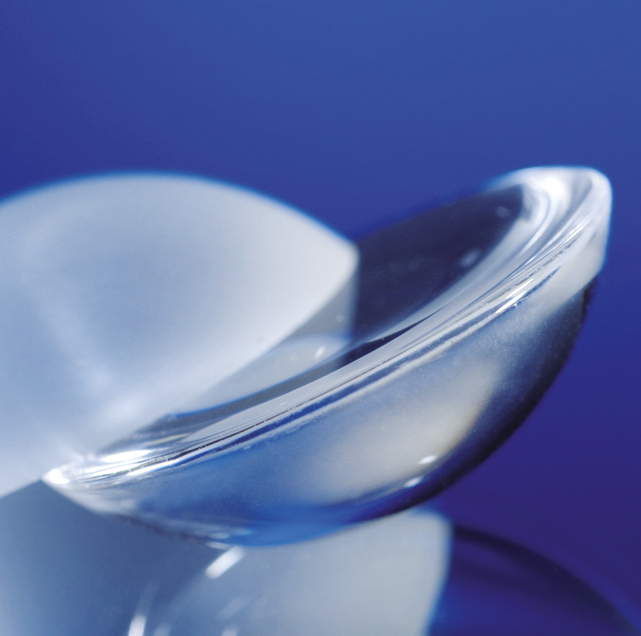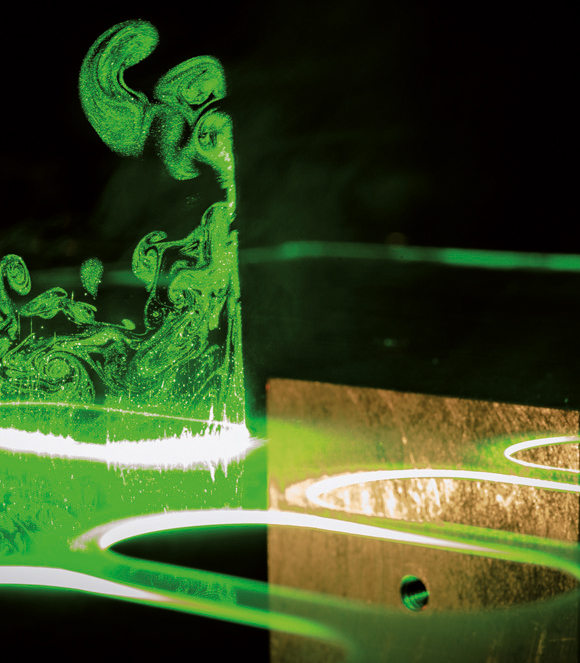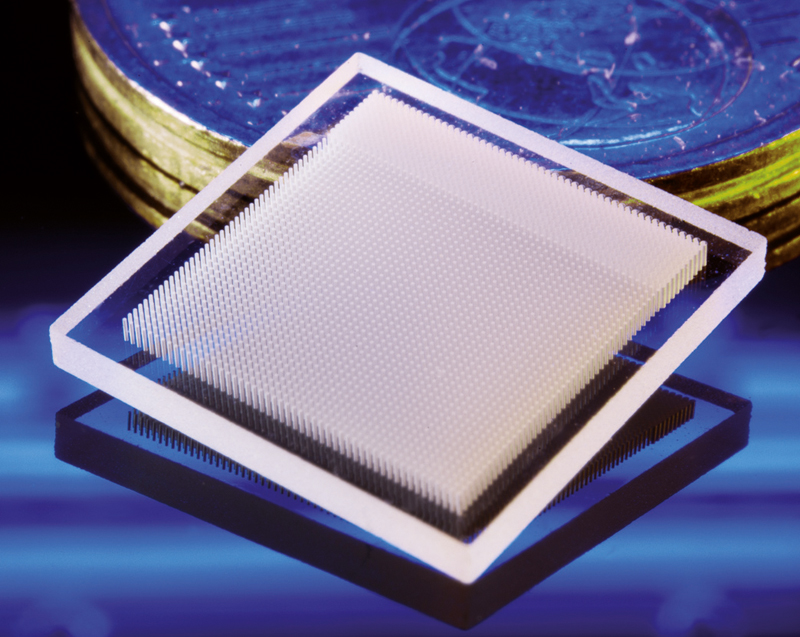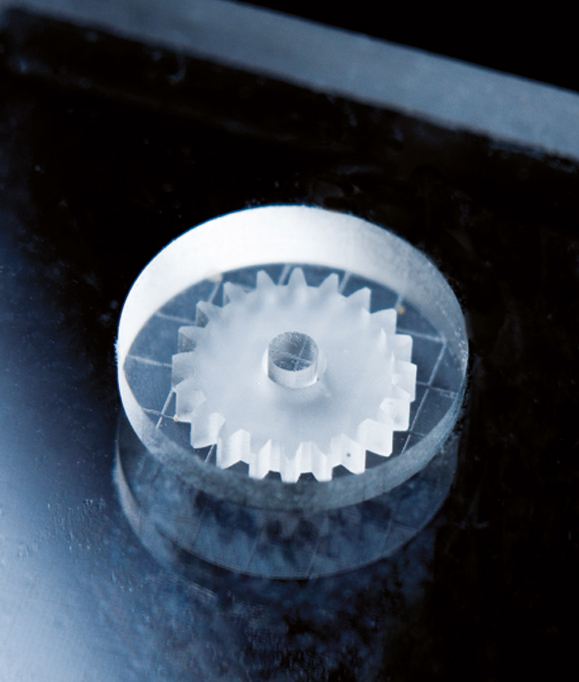Focused, ultra-short pulsed laser radiation can be used to modify glass and crystals underneath the surface. The refractive index of the material is changed locally by direct laser structuring. In this manner, optical components such as waveguides and in-volume markings can be realized. If a subsequent wet chemical etching process is added, threedimensional micro components and micro fluidic components can be fabricated with nearly arbitrarily geometry. Such components can be applied in micro engineering and medical technology applications. The laser manufacturing process is called In-volume Selective Laserinduced Etching (ISLE). The material modified by the laser radiation is etched, while the unmodified material remains almost untreated by the acid. The ISLE process is characterized by the highest precision (structures < 500 nm) at simultaneously large structuring speeds (v > 0.1 m/s).
When a laser is used to drill a transparent component from the rear side, the material ablated is removed layer by layer, whereas each layer is scanned with ultra-short pulsed laser radiation with single shots. This process has several advantages: no conicity of the drilling channel, no impurities within the drilling channel and the possibility of greater aspect ratios. Currently, drill holes with diameters ranging from 0.35 to 8 mm and a depth of 120 mm in BK7 can be realized. In quartz glass drill depths of up to 60 mm with diameters ranging from 0.6 to 8 mm are possible. Furthermore, freely definable structures, such as twisted polygons and very filigree structures can be generated, which are not possible with conventional processes.
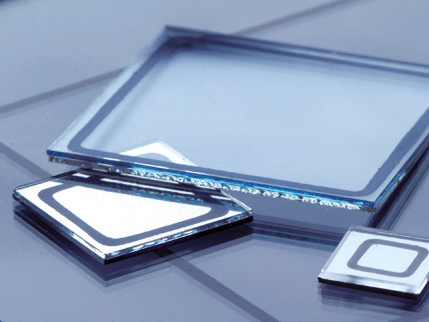
 Fraunhofer Institute for Laser Technology ILT
Fraunhofer Institute for Laser Technology ILT